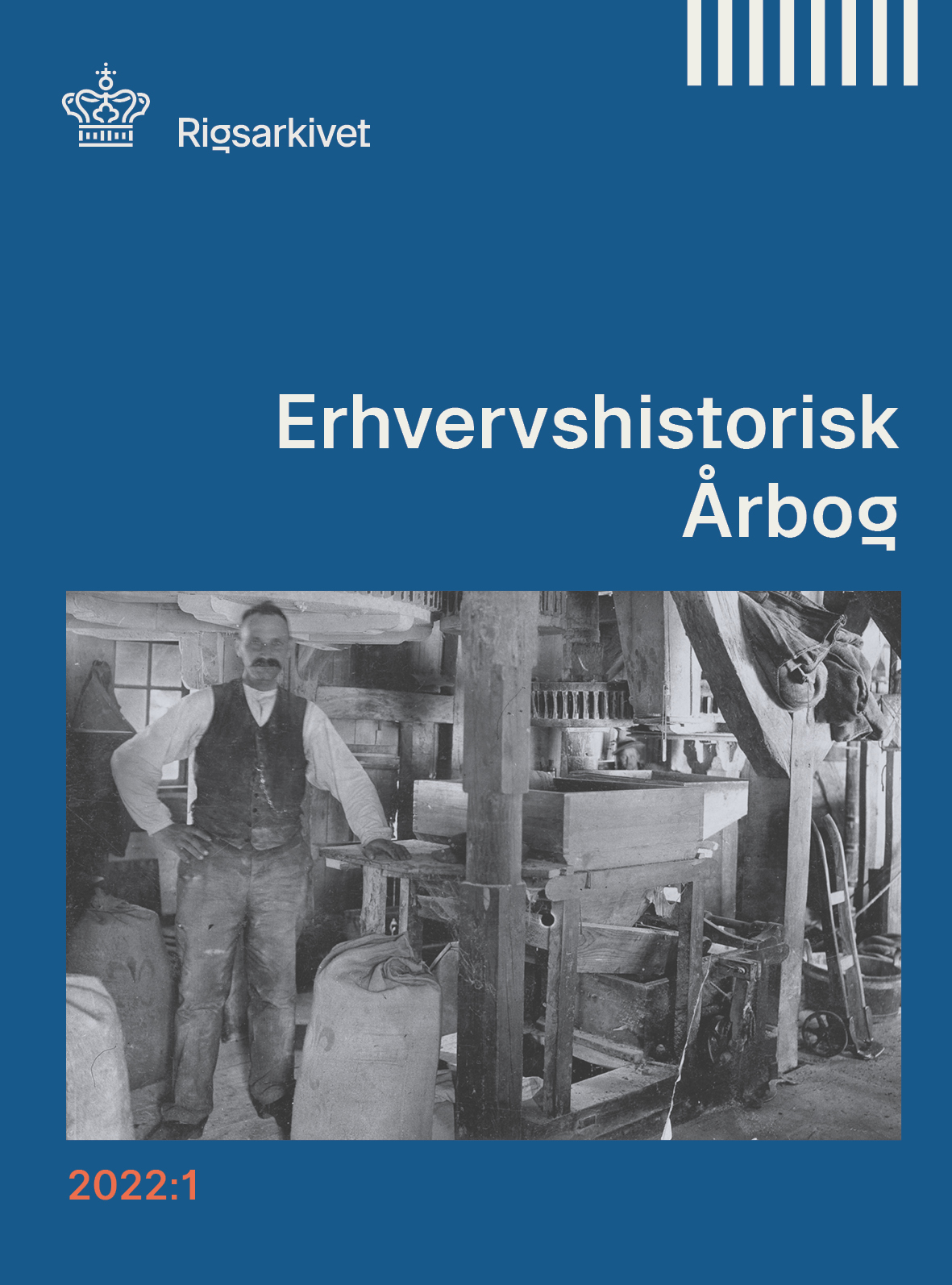Innovativ elektriker i automatiseringens barndom – Berthel Andersens styringer på Grundfos 1956-1972
Resumé
I sidste halvdel af 1950’erne udviklede Bjerringbro Pumpefabrik (det nuværende Grundfos) en elektrisk styring, som gjorde det muligt at automatisere fabrikkens drejebænke. Styringen har i et historisk tilbageblik vist sig at være ganske unik af sin art, og er samtidig et meget tidligt eksempel på automatisering af værktøjsmaskiner. Artiklen undersøger styringen i forhold til den internationale udvikling af styringsautomatik og i relation til automatisering af dansk bearbejdningsindustri. Først redegøres for en række distinktioner og begreber indenfor automatiseringsteori. Her skelnes mellem automatisering af henholdsvis procesindustri og bearbejdningsindustri, som har hver sit historiske forløb. Herefter består artiklen af to halvdele. Første halvdel beskriver hvorledes udviklingen af styringer til automatiserede værktøjsmaskiner forløb i de første årtier efter 2. Verdenskrig. De første styringer blev udviklet i USA i første halvdel af 1950’erne. På trods af stigende akademisk opmærksomhed i Skandinavien på den nye teknologi fra midten af 1950’ene begyndte den danske bearbejdningsindustri dog først at automatisere maskiner i nævneværdig grad efter 1970. Anden halvdel af artiklen beskriver udviklingen af styringen på Bjerringbro Pumpefabrik og den efterfølgende automatisering af virksomheden i perioden 1960 og frem til først i 1970’erne. Forløbet anskues i relation til virksomhedens hastige ekspansion og produktionsforøgelse, der skabte flaskehalse i produktionen og mangel på arbejdskraft, hvilket bevirkede en stor lyst til at eksperimentere med ny teknologi.
--
Innovative Electrician in the Early Years of Automation
– The Controllers of Berthel Andersen at Bjerringbro Pumpefabrik 1956 - 1972
In the latter half of the 1950’s, Bjerringbro Pumpefabrik (today known as Grundfos) developed an electrical controller, which made it possible to automate the lathes in the factory. In a historical review the controller has proven to be quite unique of its kind, and at the same time a very early example of automation of machine tools.
The article examines the development of the controller in relation to the history of automation in general and in relation to the automation of Danish processing industry. Firstly, the article explains important concepts and distinctions within automation theory. Here, a distinction is made between automation of the ‘process industry’ and the ‘processing industry’. Respectively each has its own historical course.
Thereafter the article consists of two parts. The first part describes the earliest automation of machine tools in the processing industry in USA and in Denmark in the first decades after World War II. The first controllers for automation of machine tools were developed in USA in the first half of the 1950’s. Despite increasing academic attention to the new technology in Scandinavia from the mid-1950’s, the Danish processing industry only began to automate machines in a smaller degree from the end of the 1960’s onwards. The second part of the article describes the development of the electrical control system at Bjerringbro Pumpefabrik in the late 1950’s and the subsequent automation of Bjerringbro Pumpefabrik in the 1960’s and until the early 1970’s. The course is seen in relation to the rapid expansion of the company and increase in production, which created bottlenecks in production and a shortage of manpower. This caused a great desire to experiment with new technology.
The presentation of the course at Bjerringbro Pumpefabrik is based on primarily source material found in Grundfos’ historical archive. To describe the American course, the author refers to the contemporary work ‘Automation’ from 1952 by John Diebold and to the historian David F. Noble’s ‘Forces of Production’. To shed light on the earliest attempts to automate Danish industry, the author consults contemporary technical literature, foremost the magazine ‘Elektroteknikeren’ as well as primarily source material from the corporate archives at Danfoss, VKR, DTU and Grundfos.
Downloads
Publiceret
Citation/Eksport
Nummer
Sektion
Licens
Ophavsret til artikler publiceret i Erhvervshistorisk Årbog er fastlagt i henhold til den modelaftale, License to publish, som UBVA har offentliggjort under rubrikken Ophavsret og forskningspublicering. Indsendelse af en artikel til Erhvervshistorisk Årbog indebærer en accept af dette. Modelaftalen kan findes ved hjælp af dette link: http://www.ubva.dk/Forside





